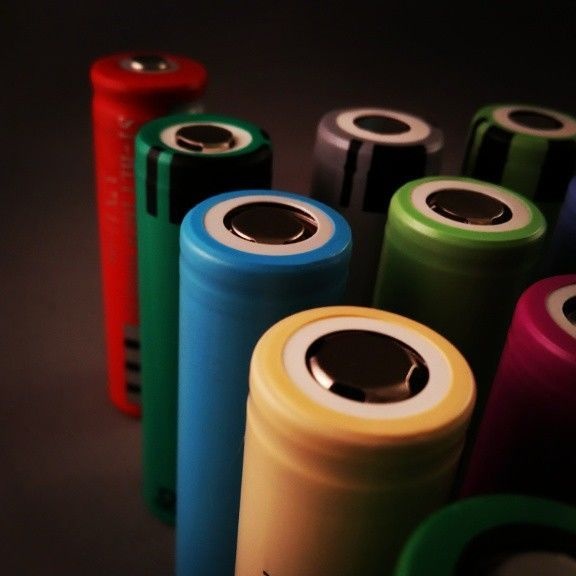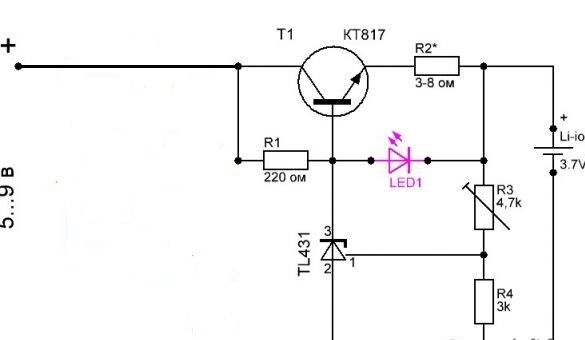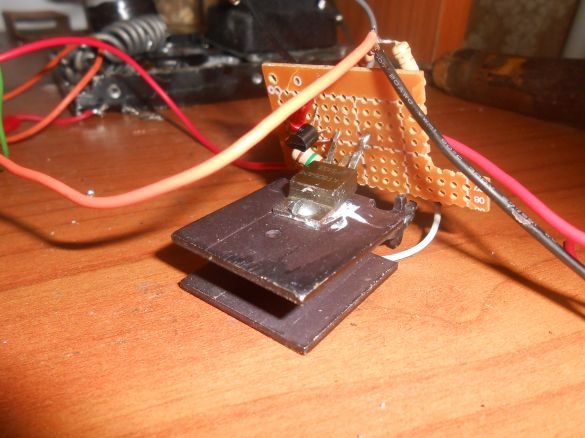
Each 18650 Li-Ion battery is designed for a specific life cycle. What is a battery cycle? Each charge and discharge is considered a cycle.
The maximum battery charge is up to 4.2 volts.
The minimum battery discharge is between 2 and 3 volts, but less than 3 volts, it is not recommended to discharge the battery.
Most 18650s have built-in protection against overdischarge, but not all, for example, in laptop batteries may not have laptop protection, there it is common for all 6 batteries.
The 18650 is charged only with special chargers for lithium-ion batteries.
Here is one of many made do it yourself

https://homediy.washerhouse.com/en/10449-zaryadnoe-avtomaticheskoe-universalnoe-ustroystvo-iz-bloka-pitaniya-noutbuka.html
The life cycle is determined by the difference in power between the new and the current state of the batteries. For example, the new one is 3000mAh, and at the moment 2900mAh, this is 96% of the original capacity.
When the percentage reaches 80%, then the battery life cycle at sunset (even if it can withstand more than one cycle).
Thus, if we consider the new battery as 3000mAh, then when will his life end?
80% of 3000 is 2400; at this capacity, the battery goes into the category of old women, that is, its life cycle ends.
The question is how many life cycles does a lithium-ion battery 18650 have?
Most 18650s have an average typical age of 300-500 cycles. But this figure largely depends on you, on how, with what and to what level you charge the 18650. If you charge the 18650 with maximum current, then the battery will last 50 cycles. If charged with an optimal current, then life is extended by more than 500 cycles. Up to 1000 or more cycles.
The second important factor is the ambient temperature, it should be 20 - 25 degrees Celsius.
Any deviations from these temperatures will create a loss in efficiency. 10 degrees of deviation can amount to 20 or 30mAh losses. Not to mention temperatures below 0 and above 70 degrees. Therefore, never charge 18650 below 0 degrees. When charging, the battery temperature may heat up, do not allow the temperature to exceed 60 degrees, immediately turn off the charger.
If you want to extend the life of your 18650, (when it is old, but no new ones are expected), then you can charge it with a partial charge. Partial charge: Instead of charging up to 4.2 volts, charge up to 3.8 volts.A decrease in volume will be observed, but at the same time the life cycle of your battery will increase.
And do not ever exceed the maximum permissible charge per revolution, this will lead to the death of the patient ...
Most memories have the ability to regulate current. The higher the current, the faster the battery will charge and the less its life cycle. And in inverse proportion, the smaller the current, the longer the charge, but the battery's life cycle increases. What should be the current to extend battery life? LG, Samsung, Panasonic, Sony use current tests of the order of 0.5 - 0.8 Amperes in their tests.
The Li-Ion 18650 battery, with proper use, can survive 1000 or more cycles, subject to these simple rules. I wish you many years your 18650! Good luck

